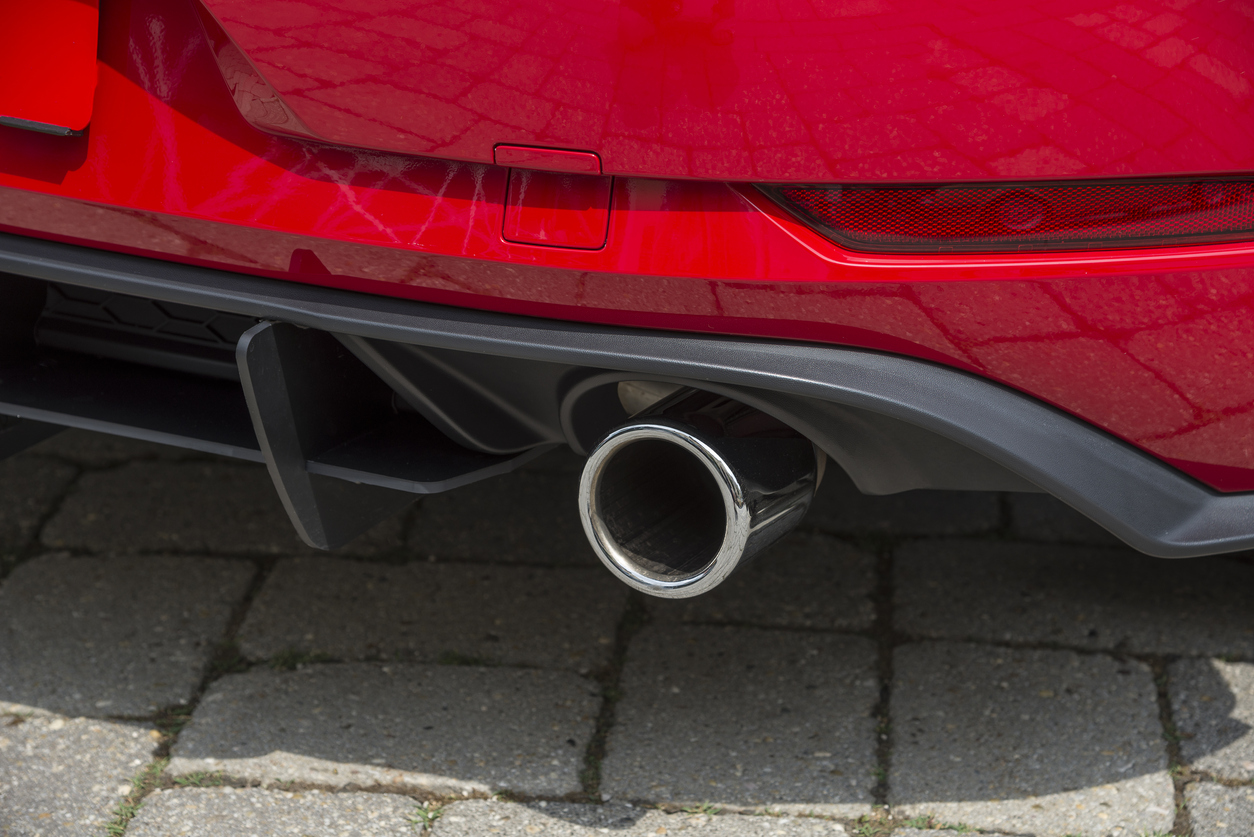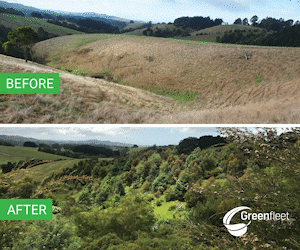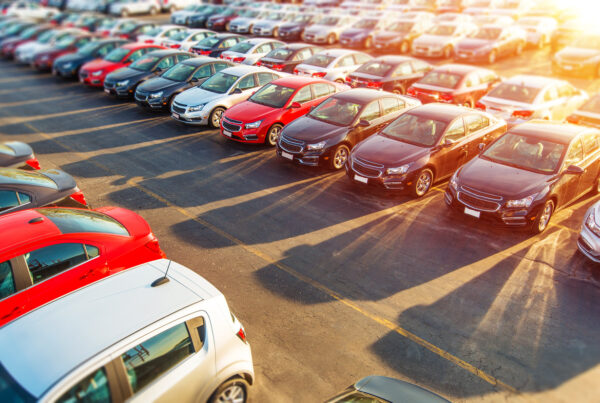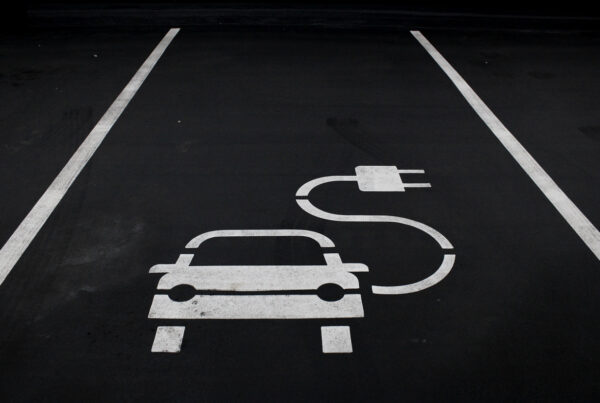Australia’s first Real-World Testing Program has unveiled meaningful disparities between laboratory test results and the actual on-road performance of vehicles, exposing concerns about fuel consumption and emissions levels.
The recently launched $14 million program, conducted by the Australian Automobile Association (AAA) and funded by the Commonwealth, aims to provide consumers with genuine insights into the real-world running costs and environmental impact of vehicles. Initial results indicate that cars tested on the road consume up to 13 percent more fuel than reported in laboratory tests by manufacturers.
Furthermore, the study found that three of the tested vehicles released pollutants exceeding Australian regulatory laboratory limits, signaling potential environmental and health concerns. The program, which will span four years and assess 200 cars, SUVs, utes, and electric vehicles, marks a significant step towards ensuring transparency in the automotive industry.
AAA Managing Director Michael Bradley emphasized the program’s potential impact on consumers and fleet buyers, stating, “This Program gives consumers the information they need about each car’s fuel efficiency and environmental performance, and it will drive down demand for models that over-promise and under-deliver.”
The tests, conducted in and around the Victorian city of Geelong since August, follow strict guidelines based on European Union legislation and are developed in consultation with Australian regulators and industry. This ensures that fuel consumption and CO2 results are repeatable and that the influence of human factors, such as driving style and changing traffic flows, is minimized.
The first round of tests focused on small and medium SUVs. Out of the nine vehicles tested, only four delivered fuel consumption within 2.5 percent of lab test results. The remaining five vehicles showed discrepancies ranging from 8 to 13 percent more fuel consumption than recorded in laboratory tests.
Notably, four SUVs recorded high pollutant results, with three exceeding applicable lab limits for Australian-regulated pollutants such as carbon monoxide and oxides of nitrogen (NOx). Two vehicles also surpassed European particle number (PN) lab test emissions limits.
The Real-World Testing Program was initially proposed by the AAA in the aftermath of the 2015 Volkswagen emissions scandal, which exposed flaws in emissions regulations globally. Subsequent international studies have highlighted substantial gaps between the laboratory and real-world performance of new vehicles.
As the program progresses, its results aim to empower Australian families and fleet buyers to make informed purchasing decisions based on genuine, real-world data. For individual vehicle results, more information, and detailed background, visit realworld.org.au.
Did you find this article interesting? Give it a ‘like’ by clicking the ‘heart’ button above!



















